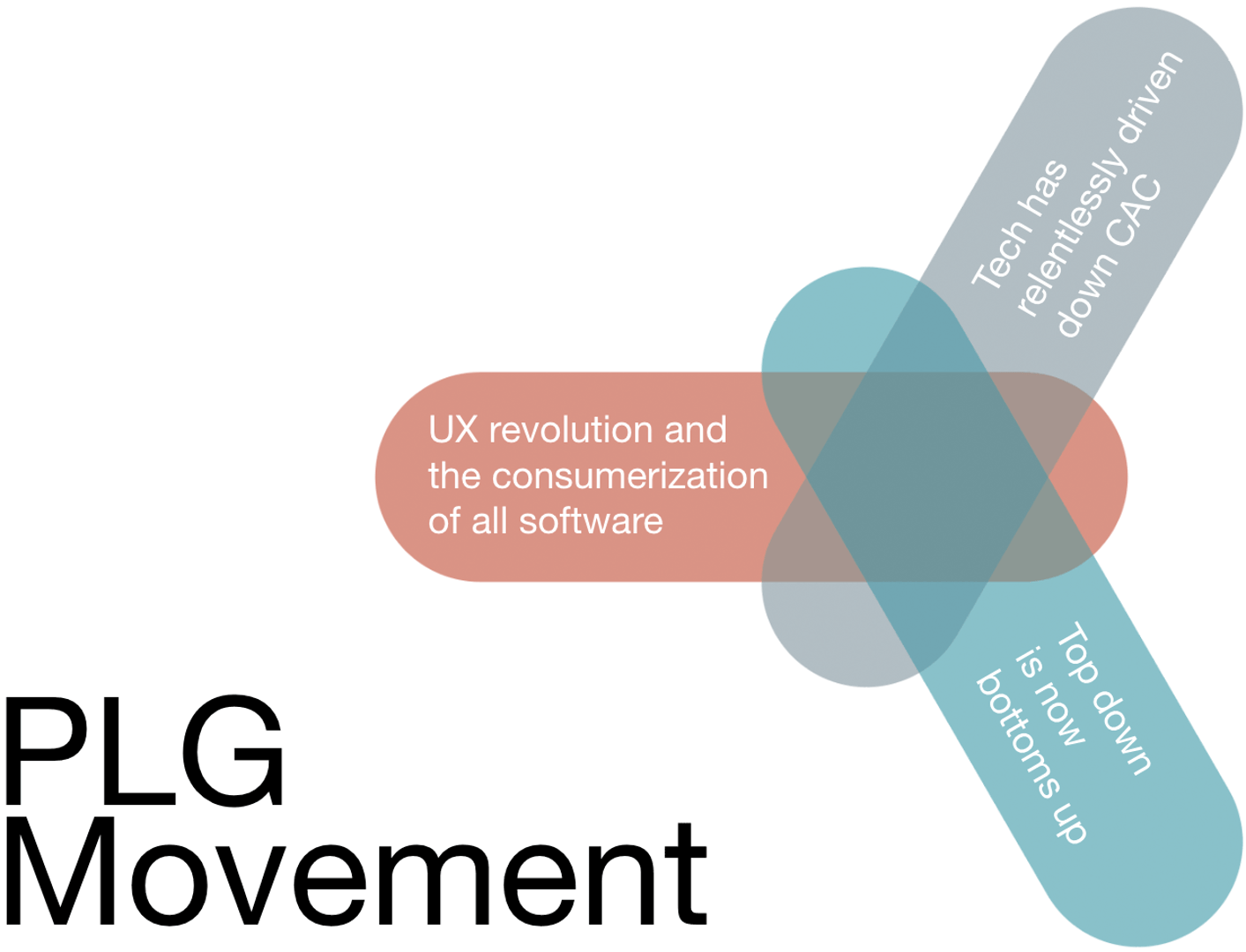What is Product-Led Growth?

Published 2025-10-20
Summary - Product-led growth is rising fast as software buying shifts toward user-first experiences. PLG relies on the product to drive acquisition, conversion, and expansion. When users see value quickly, growth becomes sustainable and scalable.
Product-led growth, you may have heard of it. In fact, productled.org states that “sales-led and marketing-led have had their time. The future is product-led growth.” Software buying is shifting from traditional models to experiences that keep users top of mind.
Product-led pairs well with a growth mindset—people who believe their talents can be developed through hard work, good strategies, and input from others.
The market is changing to meet consumer demands and products are pivoting to meet expectations. That shift is the catalyst for product-led growth.
What is product-led growth?
Product-led growth (PLG) is “an end-user focused growth model that relies on the product itself as the primary driver of customer acquisition, conversion, and expansion,” as opposed to a more traditional model that relies primarily on marketing and sales. Product-led growth positions the product as the largest source of sustainable, scalable business growth while creating alignment across teams. Amplitude says it well: product led is “breaking down the silos between the business and the product” because the business is the product.

It’s important to note that product-led growth is not product manager led. It is a company-wide commitment to reduce friction in the product, make it sticky for users, and focus on loyalty and advocacy. Virality and word-of-mouth matter, so users should see immediate value and want to stick around.
Product-led growth is often associated with a freemium business model, where access to the product is free and premium features come at an additional cost that acts as a revenue driver.
So how does product-led growth affect marketing and sales? While product-led growth is an organizational commitment, each department has a part to play. Marketing still aims to get users into the product, just with a different approach. Teams push users directly into the product, rather than qualifying a lead and moving them through the funnel before a sales rep runs a demo. This puts pressure on onboarding and customer support because users experience the product the moment they land in it.
A traditional sales-led approach involves cold outreach that tells the user about the product’s value. Product led still needs a sales team, but qualification shifts to after users are in the product. According to ChartMogul, the goal of sales in a product-led model is to enable users to discover their “aha” moment the first time they try the product.
What’s the difference between account-based marketing, demand generation, and product-led growth?
Regardless of methodology or approach, acquisition tactics revolve around the same pillar: the customer.
Demand gen will remain a core motion, and account-based marketing has surged alongside product-led marketing. If marketing turns leads into customers, what’s the difference—and why does it matter?
Demand generation
According to HubSpot, “demand generation programs are touch points throughout the conversion and sales cycles.” Demand generation fills the funnel and nurtures prospects and customers across those cycles.
Demand gen provides value-based content—like a newsletter, ebook, social media campaign, or email campaign—that moves leads through the funnel. Top-of-funnel content and bottom-of-funnel content signal different levels of intent. Once a marketing-qualified lead hits a threshold, they become a sales?qualified lead and often pass to sales to close the loop. Collaboration between sales and marketing is strong here, though cross-functional work often stops there.
Demand generation is a long-term commitment to build customer relationships over time through strategic marketing in partnership with sales.
Account-based marketing
Account-based marketing (ABM) is a targeted growth strategy between marketing and sales to create “personalized buying experiences for a mutually identified set of high-value accounts.” Simply put, ABM nurtures a subset of leads from the company, or the “account.”
Think of the account like its own market. ABM lets teams focus on a cohort of high-value customers and personalize the experience with content and campaigns that speak directly to that account’s pain points and needs.
ABM keeps marketing and sales aligned and keeps interactions with accounts personalized and consistent.
Product-led growth
Product led changes the centre of gravity. Sales and marketing still work together, but the scope expands to include the entire organization.

The product leads the way. Content and the conversion funnel still exist, just in a different capacity. The goal is for the product to be the lead magnet. Users self-serve once they are in the product. Onboarding is critical. Once users are in your product, it’s important that they quickly understand what it is and how to use it so they see value and you don’t see churn.
Is product-led growth here to stay?
For SaaS companies, the market has changed. The end user holds more power and businesses must meet users where they are. Product-led growth is here to stay.
Today, product led is more than a competitive edge. It signals relevance. When you understand customer needs and pain points, delivering immediate value helps you grow.
Is product-led growth the path forward for you?
You can’t predict the future, but you can adapt to where it is headed. Prioritize the product-led growth metrics that matter to your business, and track them where your team already looks for answers—dashboards and recurring reports in Klipfolio Klips.
Stay tuned for the next post, where the top eight metrics to measure product-led growth are covered. You can also track your success.





